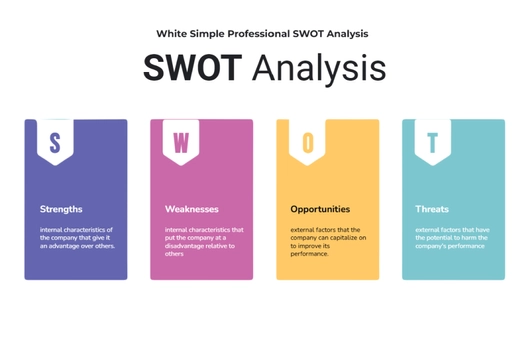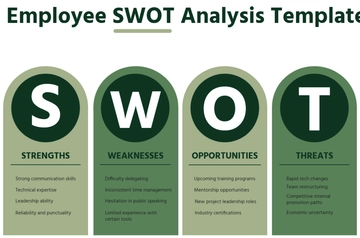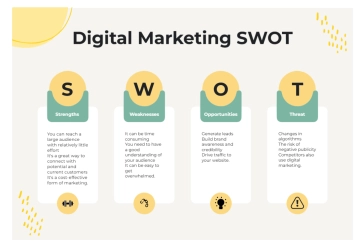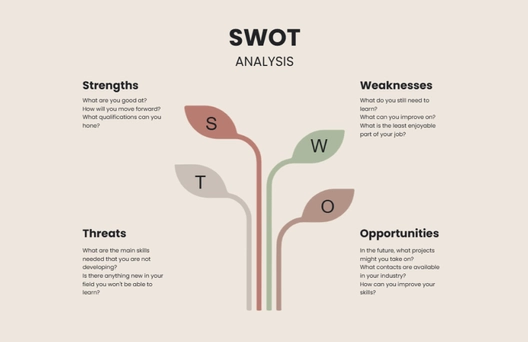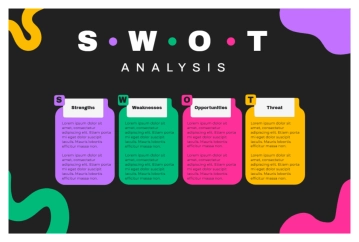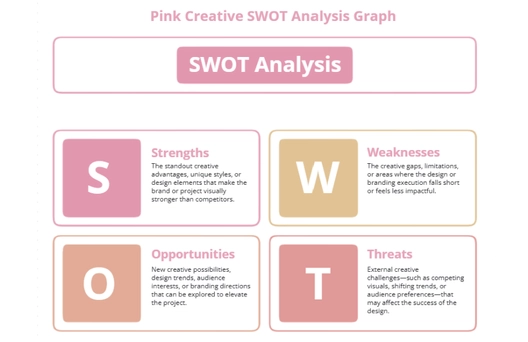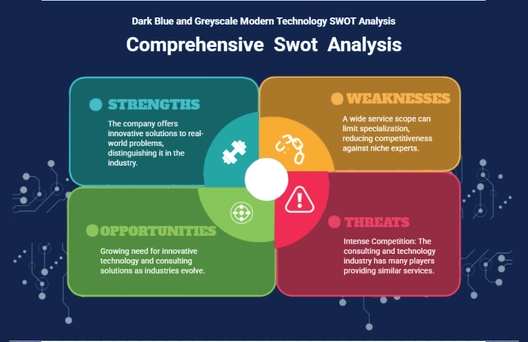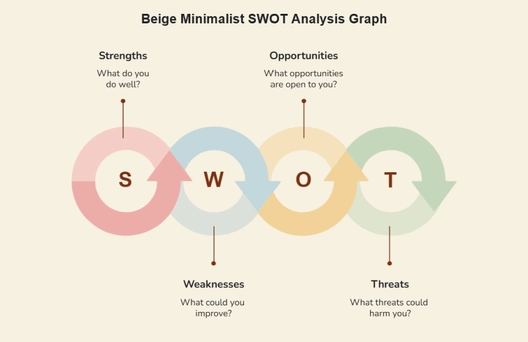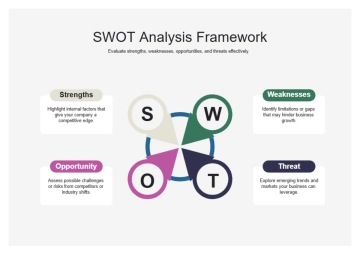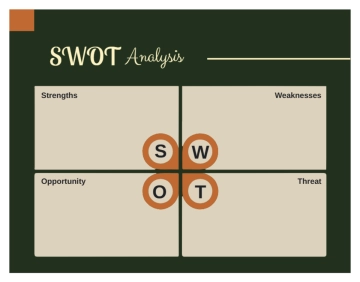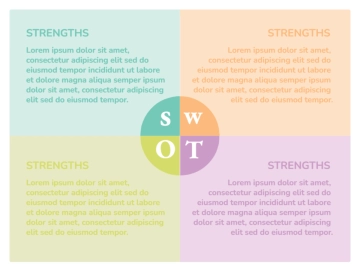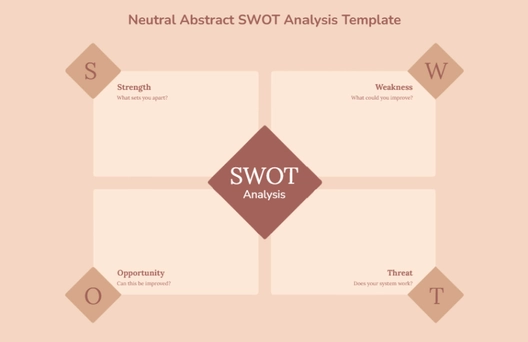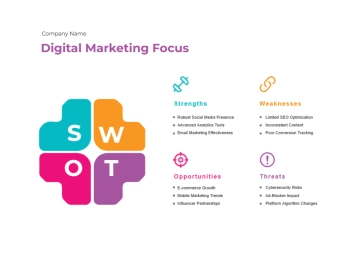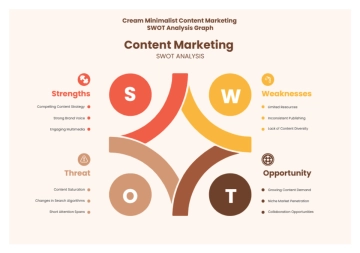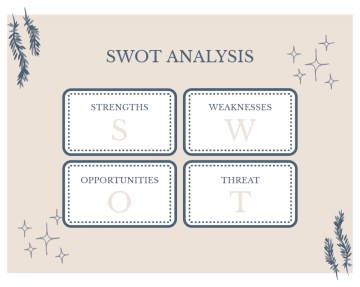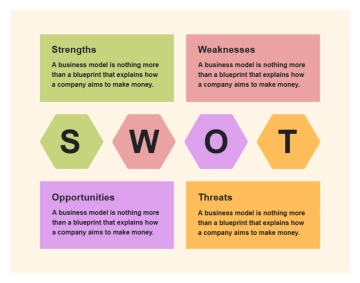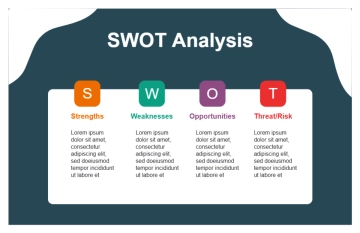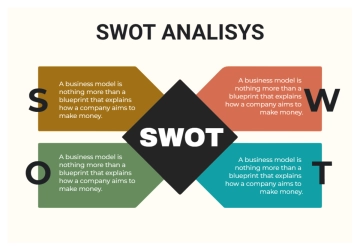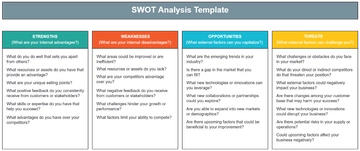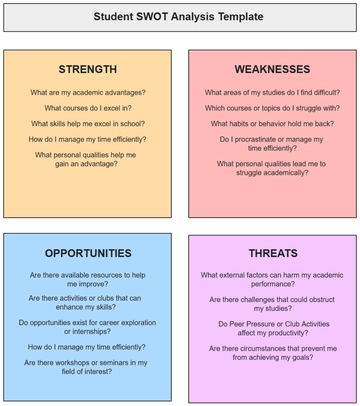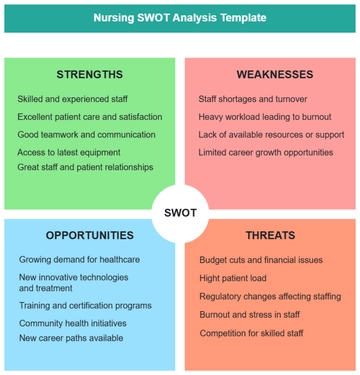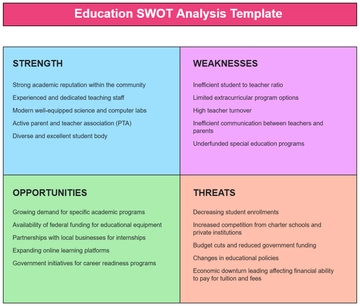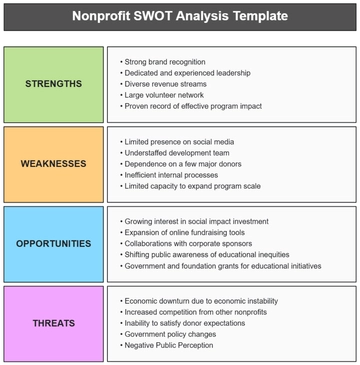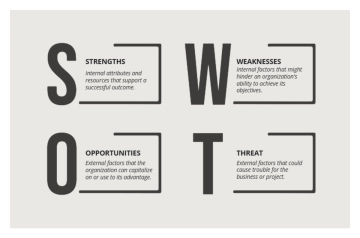Free Restaurant Business Analysis
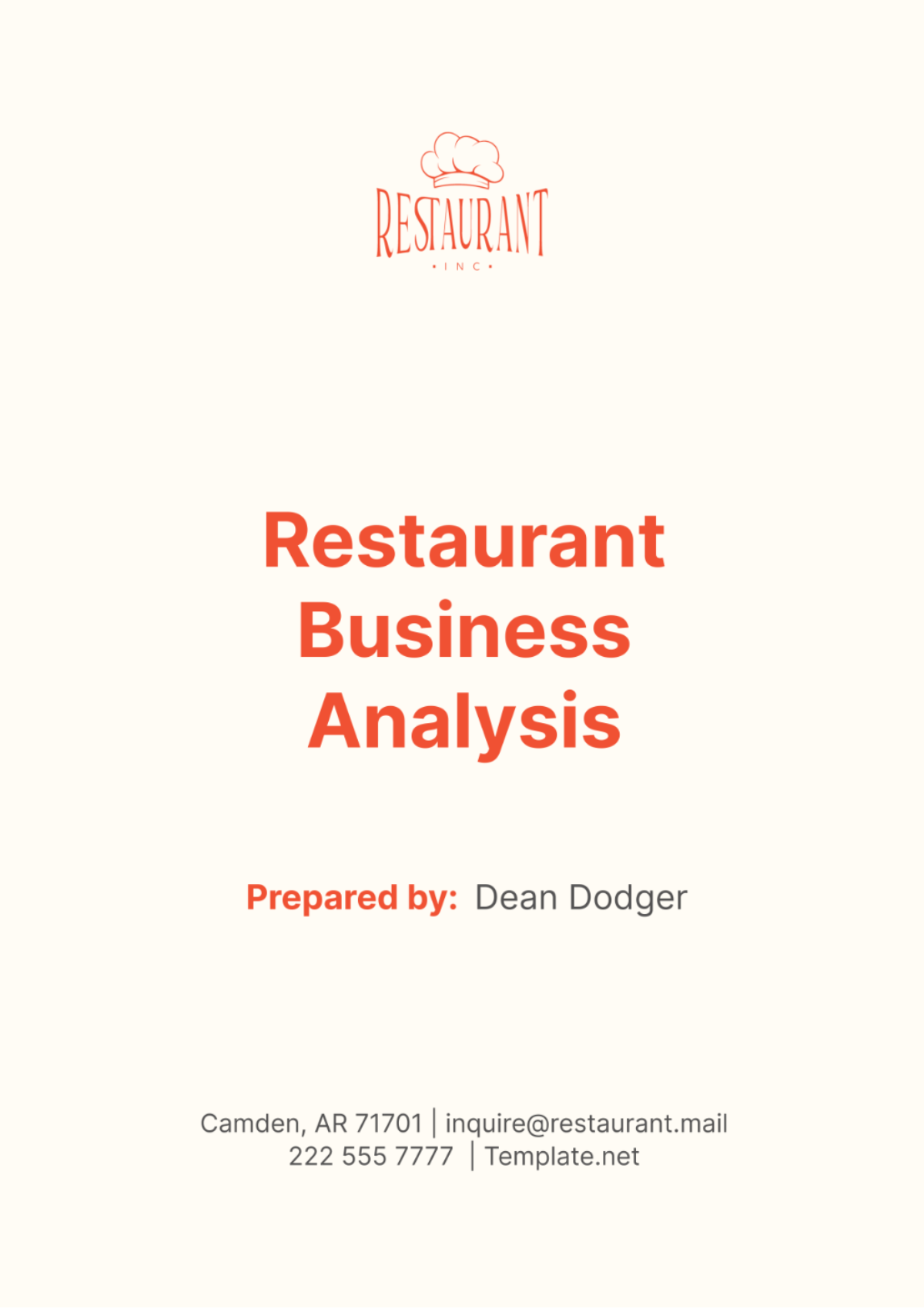
I. Executive Summary
A. Overview of the Restaurant
Our restaurant, [Your Company Name], is a fine dining establishment located in the heart of downtown. We specialize in offering gourmet cuisine with a focus on locally sourced ingredients and exceptional service.
B. Summary of Key Findings and Recommendations
Through our comprehensive analysis, we have identified several key insights into the restaurant's performance. Recommendations include optimizing menu offerings, improving kitchen efficiency, and enhancing marketing efforts to capitalize on emerging consumer trends.
II. Introduction
A. Background of the Restaurant
[Your Company Name] was founded in [Year] by Chef [Name] with the vision of providing a unique dining experience that celebrates the flavors of the region. Over the past decade, the restaurant has established itself as a culinary destination known for its innovative dishes and elegant ambiance.
B. Purpose and Scope of the Analysis
The purpose of this analysis is to evaluate the restaurant's current performance and identify opportunities for growth and improvement. The scope includes market analysis, customer insights, financial assessment, operational efficiency, and regulatory compliance.
III. Market Analysis
A. Industry Overview
The restaurant industry in our region has seen a shift towards experiential dining, with customers seeking unique culinary experiences beyond traditional dining. While the market is competitive, there is a growing demand for establishments that prioritize quality ingredients and innovative menus.
B. Market Trends and Dynamics
Consumer preferences are evolving towards healthier and sustainable dining options, with an increased focus on locally sourced ingredients and organic produce. Additionally, there is a notable rise in demand for delivery and takeout services, driven by changing lifestyle habits and convenience.
C. Local Market Assessment
Demographics:
Our urban location attracts a diverse mix of young professionals and affluent residents with high disposable incomes, making it an ideal demographic for upscale dining experiences.
Consumer Preferences:
Local consumers prioritize unique dining experiences, seeking out restaurants that offer innovative culinary concepts and seasonal menus.
Competitive Landscape:
Table 1: Competitor Analysis
This table provides an overview of key competitors in the area, including their strengths, weaknesses, and key menu offerings.
Competitor | Strengths | Weaknesses | Key Menu Offerings |
|---|---|---|---|
[Competitor A] | Established brand reputation | Limited seating capacity during peak hours | Seasonal tasting menus |
Innovative menu offerings | Higher price points | Locally sourced ingredients | |
[Competitor B] | Trendy ambiance and decor | Limited parking | Artisanal small plates |
Active presence on social media | Relatively small menu selection | Craft cocktails | |
[Competitor C] | Family-friendly atmosphere | Less upscale ambiance | Classic comfort food |
Affordable pricing | Limited menu creativity | Burgers and sandwiches |
IV. Customer Analysis
A. Target Customer Segments
Our primary target segments include affluent diners seeking upscale dining experiences for special occasions, as well as food enthusiasts interested in exploring new culinary trends and flavors.
B. Customer Preferences and Behavior
Our customers prioritize quality and freshness in their dining experiences, often preferring dishes made with locally sourced ingredients and sustainable practices. They also value attentive service and are willing to pay premium prices for exceptional food and ambiance.
C. Customer Satisfaction and Feedback
Recent customer satisfaction surveys have highlighted the restaurant's strengths in food quality and ambiance. However, feedback indicates opportunities for improvement in areas such as wait times during peak hours and the availability of menu options for dietary preferences.
V. Competitive Analysis
A. Identification of Competitors
In our area, the primary competition comprises well-established upscale restaurants, fashionable bistros, and high-end dining establishments that are renowned for their creative menus and sophisticated atmosphere.
B. Competitor Analysis
Strengths and Weaknesses:
Competitors boast strengths such as brand recognition and innovative menu offerings but may face challenges such as limited seating capacity during peak hours.
Pricing Strategies:
Competitors typically adopt premium pricing strategies to reflect the quality of their offerings and position themselves as high-end dining destinations.
Menu Offerings:
Competitors emphasize seasonal ingredients and creative flavor combinations to attract discerning diners.
Marketing Tactics:
Competitors leverage social media platforms and collaborate with local influencers to showcase their unique offerings and engage with their target audience.
VI. Financial Analysis
A. Revenue Analysis
Our revenue analysis indicates steady growth over the past three years, with an average annual increase of 8%. This growth can be attributed to consistent customer traffic and strategic pricing strategies.
B. Cost Analysis
Food and Beverage Costs:
Food costs have remained relatively stable, averaging around 30% of total revenue. However, there is potential for optimization through bulk purchasing and supplier negotiations.
Labor Costs:
Labor costs account for approximately 35% of total expenses, with opportunities for improvement in scheduling efficiency and staff training to enhance productivity.
Overhead Expenses:
Overhead expenses, including rent, utilities, and marketing, are well-managed and in line with industry benchmarks.
C. Profitability Assessment
Our restaurant maintains a healthy profit margin of 15%, demonstrating strong financial performance. However, there is room for further improvement through cost reduction initiatives and revenue enhancement strategies.
D. Cash Flow Analysis
Cash flow analysis indicates consistent positive cash flow, allowing for reinvestment in the business and expansion opportunities. However, careful monitoring of cash flow is essential to ensure liquidity and financial stability.
VII. Operational Analysis
A. Kitchen Efficiency
While our kitchen operates smoothly during off-peak hours, there are bottlenecks during busy periods that impact service speed. Implementing workflow optimization techniques and kitchen staff training can help alleviate these issues.
B. Staffing Levels and Training
Our staffing levels are adequate to meet demand, but there is room for improvement in staff training to enhance service quality and efficiency. Cross-training staff in multiple roles can also improve flexibility and responsiveness.
C. Inventory Management
Inventory management practices are effective in minimizing waste and controlling costs. However, implementing a real-time inventory tracking system can further streamline operations and reduce the risk of stockouts.
D. Customer Service Evaluation
Customer feedback indicates high satisfaction levels with our service, particularly in terms of attentiveness and friendliness. However, there are occasional complaints about wait times during peak hours, highlighting the need for improved service efficiency.
VIII. Regulatory Compliance
A. Health Codes and Inspections
We consistently uphold stringent adherence to health codes and regulations, emphasizing the importance of maintaining the safety and well-being of both our customers and staff members. To ensure that cleanliness and hygiene standards are consistently met and adhered to, regular inspections are conducted within our premises.
B. Licensing Requirements
All required licenses and permits have been obtained and are current, encompassing food service permits, liquor licenses, and business registrations. We meticulously monitor compliance with all licensing requirements to prevent any potential legal complications.
C. Labor Laws Compliance
We adhere to all existing labor laws and regulations that govern wages, working hours, and benefits provided to employees. The implementation of fair labor practices is a central element of our dedication to upholding a positive work environment.
IX. SWOT Analysis
A. Strengths
Strong brand reputation and loyal customer base
Innovative menu offerings and commitment to quality ingredients
B. Weaknesses
Potential for operational inefficiencies during peak hours
Limited seating capacity impacting revenue potential
C. Opportunities
Expansion into catering services to capitalize on corporate events and private functions
Introduction of online ordering and delivery services to reach a broader customer base
D. Threats
Intensifying competition from new entrants in the market
Economic downturn impacting consumer spending on dining out
X. Recommendations
A. Strategic Initiatives
Invest in kitchen equipment upgrades to improve efficiency and throughput.
Explore partnerships with local suppliers to enhance menu offerings and support sustainability initiatives.
B. Operational Improvements
Implement staff training programs to enhance service quality and reduce wait times.
Introduce reservation systems to manage peak-hour traffic and optimize seating capacity.
C. Marketing Strategies
Launch targeted marketing campaigns to promote catering services and online ordering options.
Leverage social media platforms to engage with customers and showcase seasonal menu specials.
D. Financial Management Strategies
Conduct regular cost reviews to identify areas for cost-saving opportunities.
Explore financing options for expansion plans and capital investments.
XI. Conclusion
A. Summary of Key Insights
In the course of our comprehensive and meticulous analysis, we have successfully identified multiple key areas that necessitate improvement. Additionally, we have unearthed several opportunities for expansion, which we believe will significantly contribute to reinforcing and bolstering our competitive stance in the marketplace.
B. Implications for the Restaurant's Future Success
By putting into practice the strategies and initiatives that have been recommended, we are assured of our capacity to improve customer satisfaction, foster the growth of our revenue, and uphold our status as a premier dining location in the region.
- 100% Customizable, free editor
- Access 1 Million+ Templates, photo’s & graphics
- Download or share as a template
- Click and replace photos, graphics, text, backgrounds
- Resize, crop, AI write & more
- Access advanced editor
Optimize your restaurant's performance with the Restaurant Business Analysis Template from Template.net. This editable and customizable template empowers you to conduct a comprehensive analysis of market dynamics, financial performance, and operational efficiency. Utilize the AI Editor Tool to tailor strategies and make informed decisions for success in the competitive culinary landscape.
